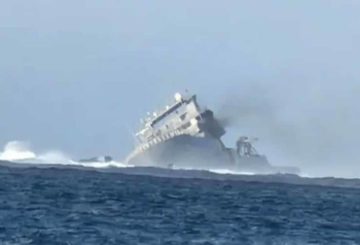Genesis Energy đã lên tiếng về việc xử lý cơn bão Gabrielle năm ngoái, trong nỗ lực xóa bỏ tin đồn rằng họ đã gây ra lũ lụt ở Wairoa bằng cách “mở cửa ngập lụt”. Công ty gần đây đã mời giới truyền thông đến tham quan Nhà máy điện Hồ Waikaremoana để chứng minh những nỗ lực của họ trong cơn bão và cam kết liên tục của họ đối với năng lượng tái tạo.
Nhóm Genesis tại nhà máy điện tự hào về những nỗ lực của họ để giữ cho khu vực hoạt động trong thời gian lũ lụt. Chúng là máy phát điện lớn duy nhất hoạt động vào thời điểm đó. Nếu không có nhà máy điện, khu vực này có thể bị mất điện lâu dài.
Genesis cũng đề cập đến tin đồn về cổng lũ. Họ giải thích rằng không có cửa ngập lụt để mở tại cấu trúc tiếp nhận Onepoto. Sau cơn bão, một đánh giá độc lập cho thấy chỉ 1% lũ lụt của Wairoa là do nước của Genesis. Phần còn lại của lũ lụt là do tràn từ suối và sông. Hội đồng quận Wairoa hiện đang xem xét dữ liệu này.
Trước khi cơn bão ập đến, Genesis đã hạ hồ xuống 6% để giảm nguy cơ tràn nước. Trong thời gian lũ lụt, họ phải quản lý lưu lượng nước theo tỷ lệ đồng ý tài nguyên trong khoảng 35-40m³ mỗi giây.
Genesis đang đầu tư mạnh vào năng lượng tái tạo, với kế hoạch đầu tư 1 tỷ đô la vào năm 2030. Họ đang tập trung vào các trang trại năng lượng mặt trời và gió, và cũng đang xem xét sinh khối, liên quan đến việc biến pallet gỗ thành năng lượng. Đây là một phần trong nỗ lực của họ để thay thế than bằng nhiều nguồn tái tạo hơn tại nhà máy điện Huntly của họ.
Genesis nhấn mạnh rằng sơ đồ điện của họ hoạt động như một điểm kiểm soát an toàn cho dòng sông. Nếu không có nó, sẽ không có sự kiểm soát của nước hồ. Họ cũng nhấn mạnh kế hoạch xây dựng một pin quy mô lưới lớn tại địa điểm Huntly của họ để quản lý bản chất gián đoạn của năng lượng mặt trời và gió.






























































